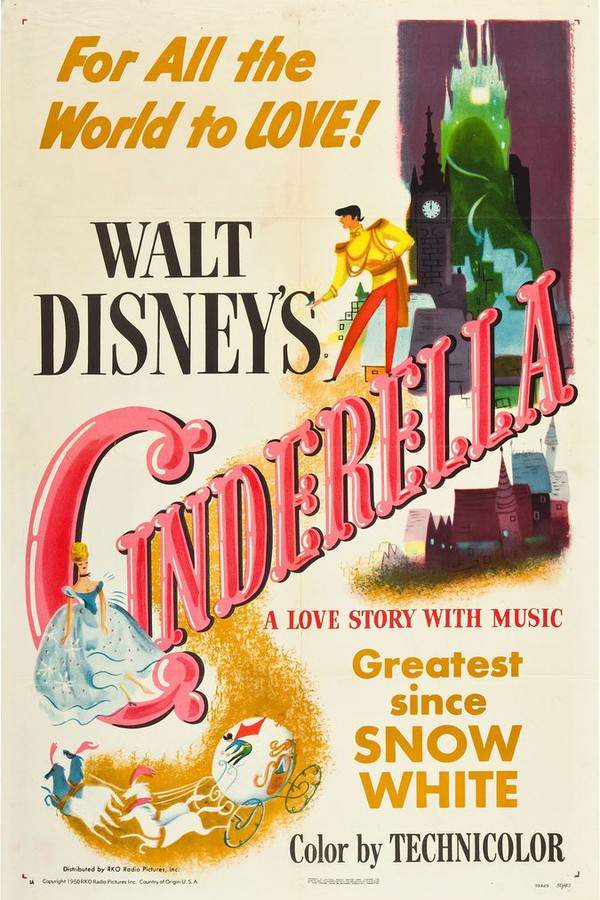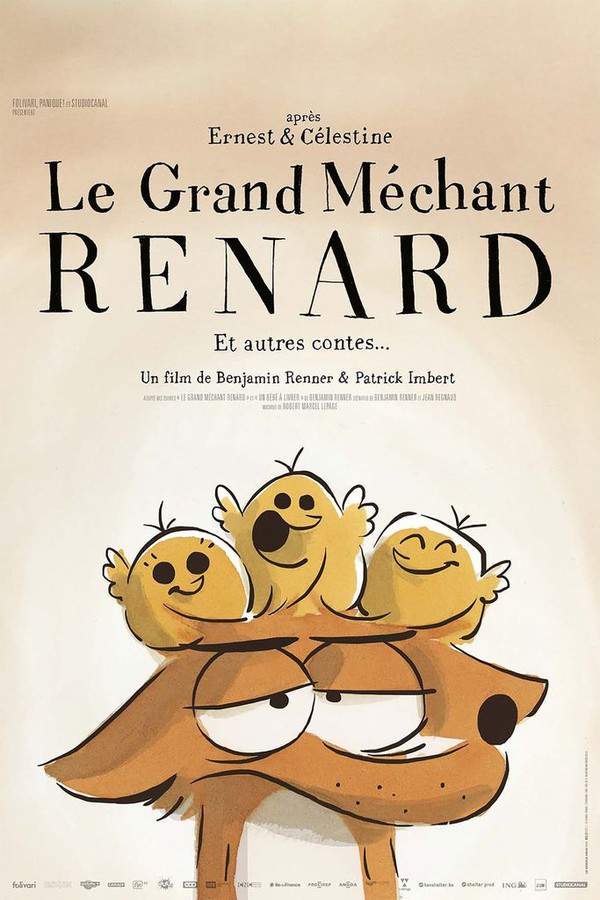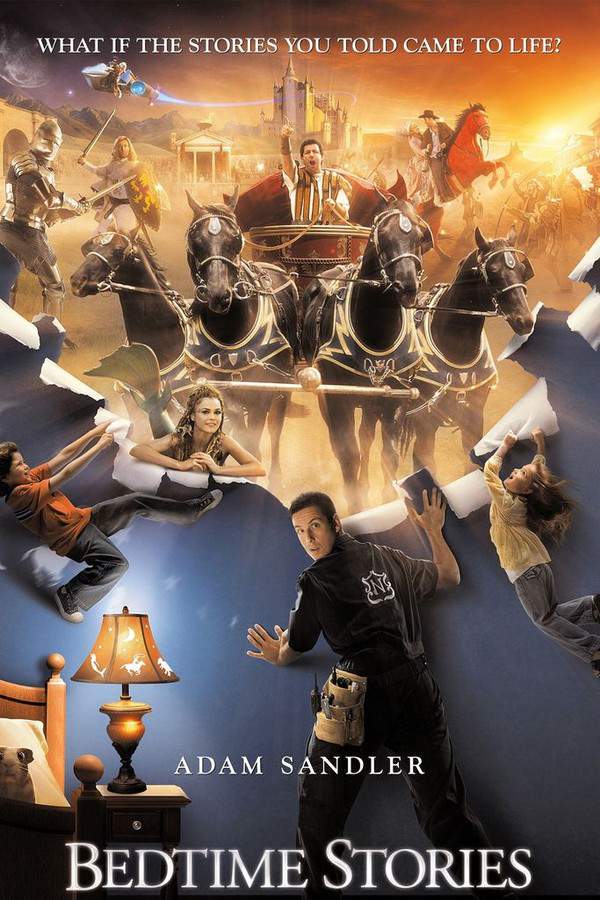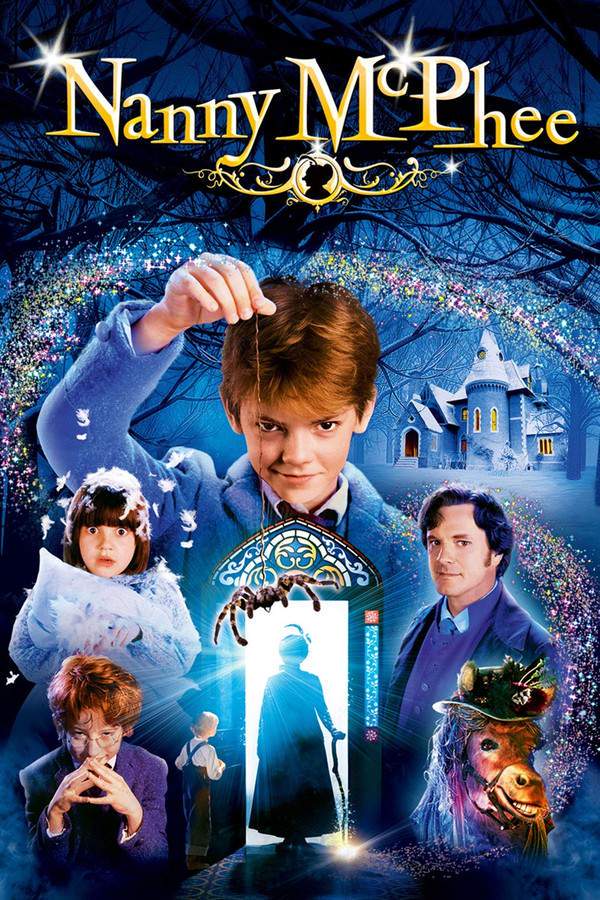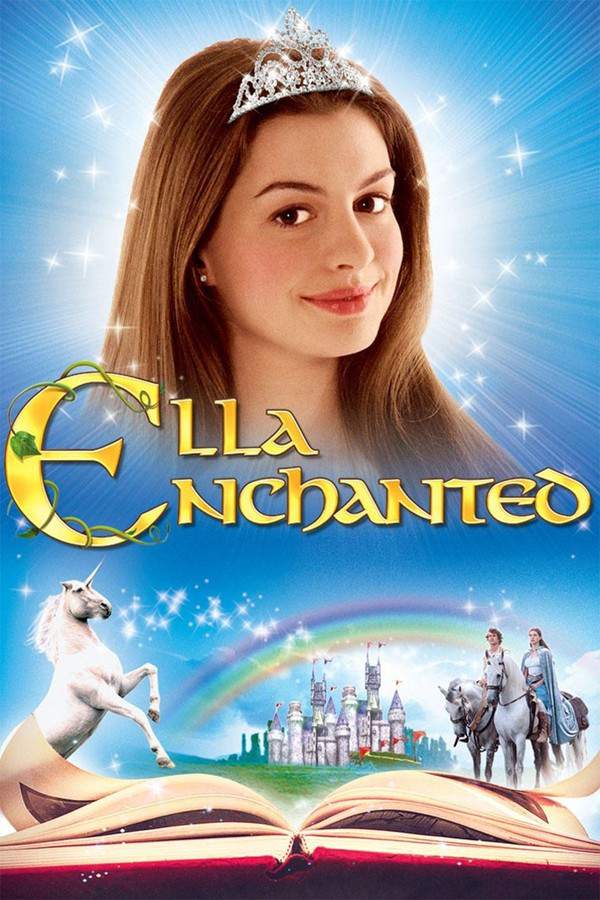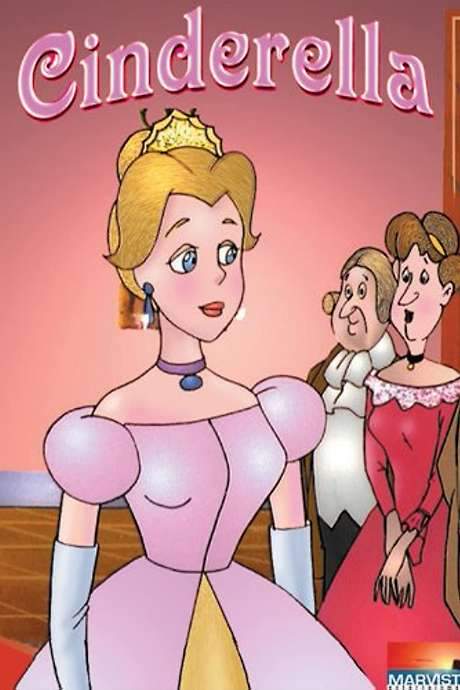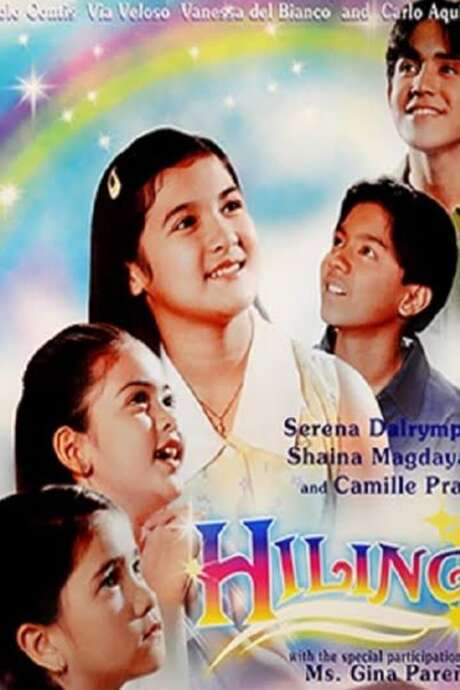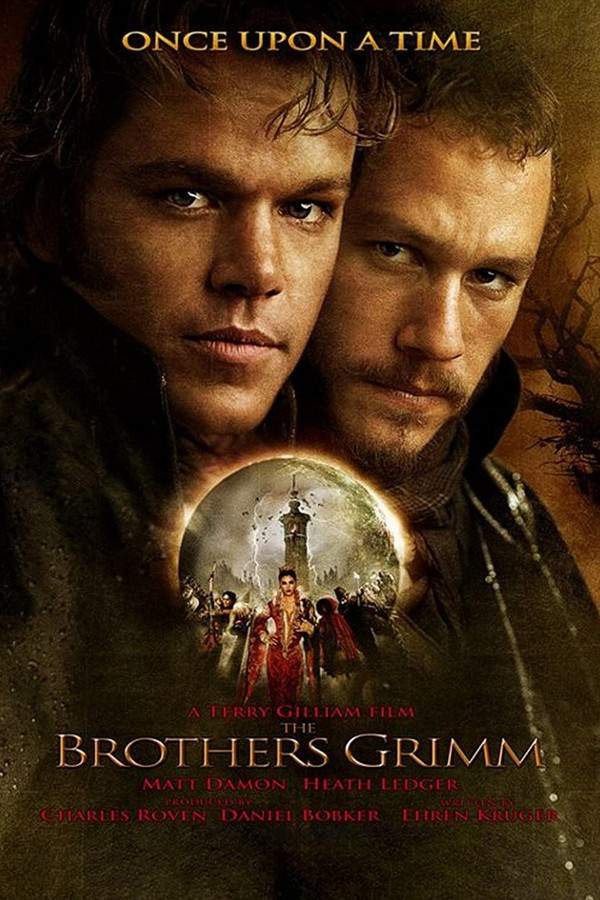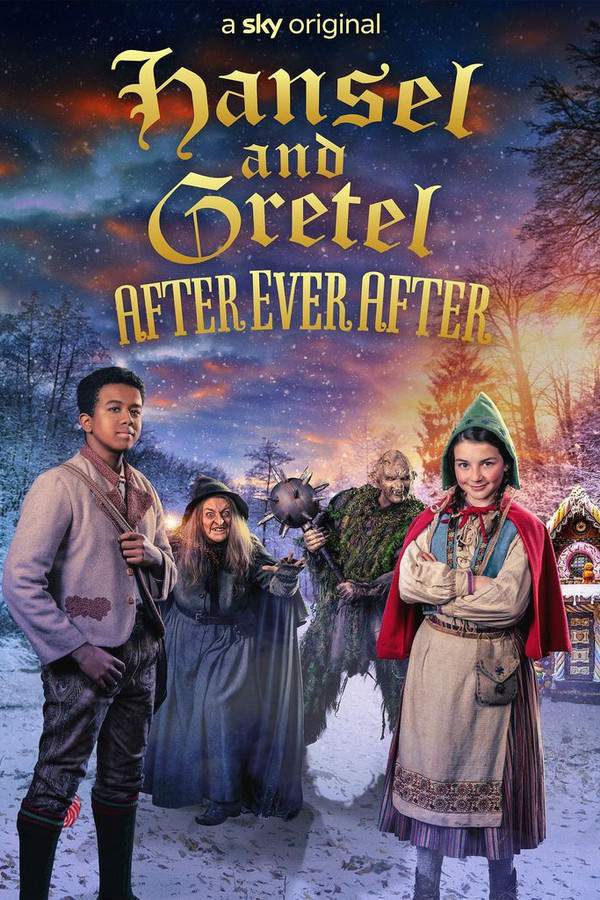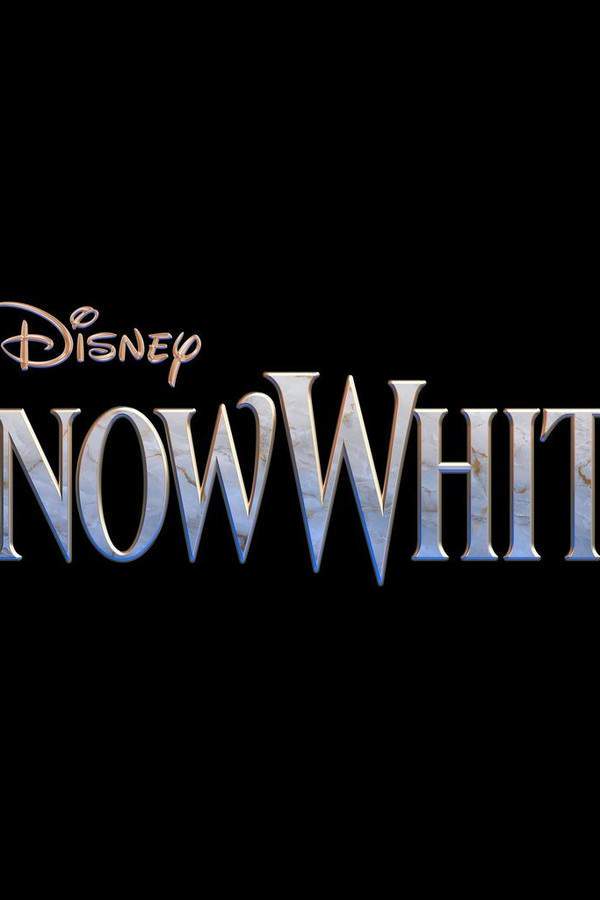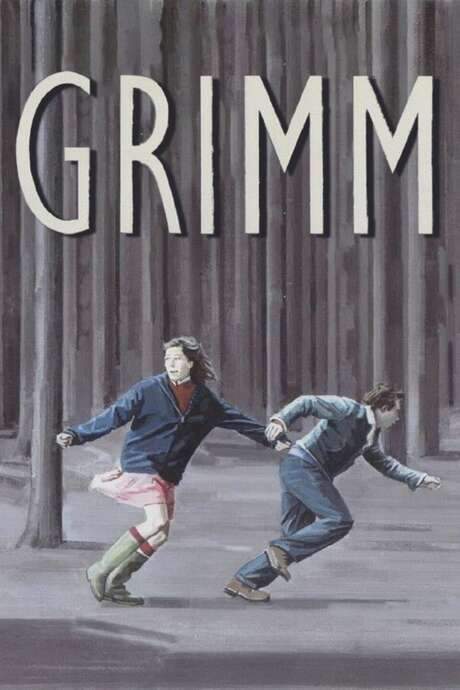
The Wonderful World of the Brothers Grimm
Year: 1962
Runtime: 140 mins
Language: English
Directors: George Pal, Henry Levin
The film dramatizes the nineteenth‑century lives of Wilhelm and Jacob Grimm as they try to escape a catalog of scholarly tomes. Wilhelm is determined to create entertaining works, so the brothers travel the countryside gathering oral folk tales for publication. Their biography is interwoven with vivid reenactments of three classic Grimm stories—“The Dancing Princess,” “The Cobbler and the Elves,” and “The Singing Bone.”
Warning: spoilers below!
Haven’t seen The Wonderful World of the Brothers Grimm yet? This summary contains major spoilers. Bookmark the page, watch the movie, and come back for the full breakdown. If you're ready, scroll on and relive the story!
Timeline & Setting – The Wonderful World of the Brothers Grimm (1962)
Explore the full timeline and setting of The Wonderful World of the Brothers Grimm (1962). Follow every major event in chronological order and see how the environment shapes the story, characters, and dramatic tension.
Last Updated: October 04, 2025 at 15:00
Main Characters – The Wonderful World of the Brothers Grimm (1962)
Meet the key characters of The Wonderful World of the Brothers Grimm (1962), with detailed profiles, motivations, and roles in the plot. Understand their emotional journeys and what they reveal about the film’s deeper themes.
Last Updated: October 04, 2025 at 15:00
Major Themes – The Wonderful World of the Brothers Grimm (1962)
Explore the central themes of The Wonderful World of the Brothers Grimm (1962), from psychological, social, and emotional dimensions to philosophical messages. Understand what the film is really saying beneath the surface.
Last Updated: October 04, 2025 at 15:00
Explore Movie Threads
Discover curated groups of movies connected by mood, themes, and story style. Browse collections built around emotion, atmosphere, and narrative focus to easily find films that match what you feel like watching right now.
Stories Within Stories like in The Wonderful World of the Brothers Grimm
Films where the creative process is brought to life through enchanting tales.If you enjoyed the enchanting fairy tales within the main plot of The Wonderful World of the Brothers Grimm, you'll love these other movies that feature a nested narrative structure. Discover similar films about storytelling, creativity, and magical tales that come to life.
Narrative Summary
Movies in this thread typically follow a creator's journey, using self-contained stories—like fairy tales, dreams, or recounted memories—to illuminate the main character's inner world or central theme. The structure creates a sense of wonder and highlights the power of imagination.
Why These Movies?
These films are grouped together because they share a unique narrative structure that braids fictional vignettes into a real-world plot. They prioritize a whimsical tone, a comforting mood, and the joyful act of creation, offering a double dose of narrative delight.
Gentle Historical Fantasies like The Wonderful World of the Brothers Grimm
Uplifting journeys into the past where a touch of magic makes everything brighter.Looking for more movies like The Wonderful World of the Brothers Grimm? Explore this collection of gentle historical fantasies that blend a cozy period setting with light magical elements and an uplifting, heartwarming tone perfect for family viewing.
Narrative Summary
These stories are often biographical or adventure-driven, set in the past, and feature protagonists pursuing a creative or intellectual dream. Conflict is present but not overwhelming, resolved through optimism and a little bit of enchantment, leading to a satisfying, happy conclusion.
Why These Movies?
These films are united by their ability to transport viewers to a softer, more magical version of the past. They share a low-intensity, steady pace, a light emotional weight, and a consistently whimsical tone that makes them comforting and delightful to watch.
Unlock the Full Story of The Wonderful World of the Brothers Grimm
Don't stop at just watching — explore The Wonderful World of the Brothers Grimm in full detail. From the complete plot summary and scene-by-scene timeline to character breakdowns, thematic analysis, and a deep dive into the ending — every page helps you truly understand what The Wonderful World of the Brothers Grimm is all about. Plus, discover what's next after the movie.
The Wonderful World of the Brothers Grimm Summary
Read a complete plot summary of The Wonderful World of the Brothers Grimm, including all key story points, character arcs, and turning points. This in-depth recap is ideal for understanding the narrative structure or reviewing what happened in the movie.

The Wonderful World of the Brothers Grimm Timeline
Track the full timeline of The Wonderful World of the Brothers Grimm with every major event arranged chronologically. Perfect for decoding non-linear storytelling, flashbacks, or parallel narratives with a clear scene-by-scene breakdown.

The Wonderful World of the Brothers Grimm Spoiler-Free Summary
Get a quick, spoiler-free overview of The Wonderful World of the Brothers Grimm that covers the main plot points and key details without revealing any major twists or spoilers. Perfect for those who want to know what to expect before diving in.

More About The Wonderful World of the Brothers Grimm
Visit What's After the Movie to explore more about The Wonderful World of the Brothers Grimm: box office results, cast and crew info, production details, post-credit scenes, and external links — all in one place for movie fans and researchers.

Similar Movies to The Wonderful World of the Brothers Grimm
Discover movies like The Wonderful World of the Brothers Grimm that share similar genres, themes, and storytelling elements. Whether you’re drawn to the atmosphere, character arcs, or plot structure, these curated recommendations will help you explore more films you’ll love.
Explore More About Movie The Wonderful World of the Brothers Grimm
The Wonderful World of the Brothers Grimm (1962) Plot Summary & Movie Recap
The Wonderful World of the Brothers Grimm (1962) Scene-by-Scene Movie Timeline
The Wonderful World of the Brothers Grimm (1962) Spoiler-Free Summary & Key Flow
Movies Like The Wonderful World of the Brothers Grimm – Similar Titles You’ll Enjoy
The Brothers Grimm (2005) Story Summary & Characters
Hansel & Gretel (2002) Story Summary & Characters
Snow White (2022) Ending Explained & Film Insights
Grimm (2003) Ending Explained & Film Insights
Hänsel und Gretel (2006) Ending Explained & Film Insights
Rumpelstiltskin (1987) Movie Recap & Themes
Snow White (1987) Story Summary & Characters
The Bremen Town Musicians (2024) Detailed Story Recap
Hansel and Gretel (1987) Plot Summary & Ending Explained
Once Upon a Brothers Grimm (1977) Complete Plot Breakdown
The Story of Hansel and Gretel (1951) Film Overview & Timeline
Hansel and Gretel (1954) Film Overview & Timeline
The Bremen Town Musicians (1969) Full Movie Breakdown
The Return Of Peter Grimm (1935) Detailed Story Recap
The Grimm Variations (1000) Spoiler-Packed Plot Recap

